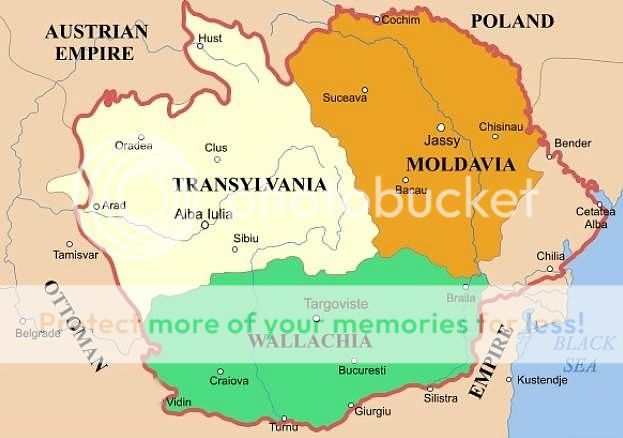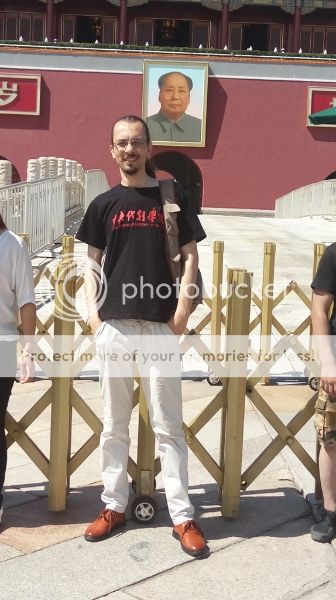Brief infos about Romania, my country.17:12 Jul 13 2016
Times Read: 534
Historic principalities and regions of Romania
The 3 historic principalities
Romania was divided into 3 historic principalities: Transylvania, Vallachia (Tara Romaneasca) and Moldavia (Moldova). The principalities had a Romanian ethnic majority who shared the same language, culture, traditions and religion. Their union was made difficult by neighboring empires (Austro-Hungary, Ottoman, Russian empires), each of them with their own territorial ambitions. Prince Michael the Brave achieved the first union of the 3 principalities in year 1600, but he was soon assassinated at the order of Habsburgian Emperor Rudolf, and the union was dissolved.

Regions
The principality of Moldavia was compromised of Moldova, Bessarabia (name given by Russia) and Bukovina. To read more on Bessarabia – go here. Oltenia and Muntenia made up Vallachia.
After WWII, Bessarabia and northern Bukovina were occupied by the Soviets after Hitler-Stalin secret agreement on territorial divisions in a secret pact. The northern half of Bucovina was incorporated into Soviet Ukraine. Though Romania liberated the regions during WW2, they were eventually defeated. Today, Bessarabia is the neighboring country of Moldova.
Official language
.
Romanian, an eastern Romance (Latin) language, is the official language. Romania has an uniform language without dialects on its territory, the only variations being found in accents and local borrowings. The dialects spoken outside Romania are Aromanian, Megleno-Romanian and Istro-Romanian, used by populations who migrated to the Balkans.
The prevalent minority language is Hungarian (in Transylvania).
*In neighboring Moldova, Romanian also represents the official language.
Slavic influences in Romanian occurred in the early Middle Ages, when Old Church Slavonic was introduced from the Byzantine empire to convert the local population to Orthodox Christianity. Old Church Slavonic was used in liturgy and public administration until the 17th century, after deacon Coresi published the first Romanian book in the 16th century.
Religion
.
Romanians are traditionally Christian-Orthodox. The ancient Getae-Dacians were pagan believers who worshiped gods from the Thracian mythology.
The first signs of Christianity in present-day Romania appeared in Luana’s Land in the 3rd-4rd century, when Christian missionaries first entered Europe. The population was fully converted to Orthodox Christianity in the early Middle Ages when the population adopted Old Church Slavonic liturgy from neighboring Bulgaria, through which numerous Slavic linguistical influences occurred. Old Church Slavonic was used in church and public administration until the 17th century, when it was replaced by Romanian.
Orthodox Christianity was inherited from the Byzantine Empire before Constantinople fell to the Ottoman Turks in 1453. Eastern Byzantine architecture originated in Constantinople can be found all throughout Romania.
Other religious denominations found in Romania are: Roman-Catholic (Hungarians), Protestant (Saxons) and Muslim (Turks/ Crimean Tatars).
Sf Spiridon Nou cathedral, oldest church in Bucharest
Sf. Spiridon Nou orthodox cathedral in Bucharest
Source:
https://romaniadacia.wordpress.com/generic-information-on-romania/



COMMENTS
-